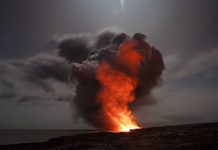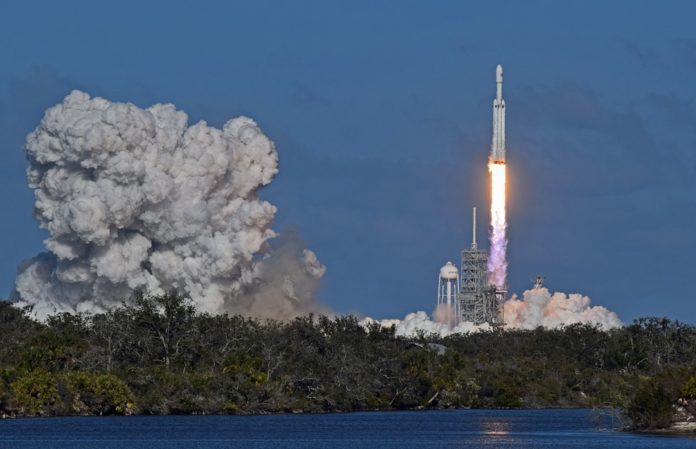SpaceX’s Falcon Heavy, known as the most powerful operating rocket, took flight on Tuesday, 0230 hrs EST. It launched from Kennedy Space Center in Florida, lighting up the Space Coast with fiery trails, followed by loud sonic booms when two of its launch vehicles touched down successfully on the landing pads at Cape Canaveral Air Force Station.
Falcon Heavy is a cost-effective reusable rocket, and this was its third journey to space; the maiden journey was its test launch in 2018, the 2nd in April 2019 when it carried a Saudi telecommunications satellite to orbit and this third mission was coined as “most difficult launch ever” by Mr. Musk as it carried 24 satellites for the Defense Department and other customers, the Defense Department permitting for the first time ever for its equipment to be carried aboard a previously used rocket. This could translate into more business for SpaceX from the government of the United States.
The re-use of previously used rockets is a first offered by SpaceX which is a cost-effective remedy for those who want to touch space. This is not the first time that SpaceX has reused its rockets, there are many rockets of SpaceX used again including the two side boosters used in this launch of Falcon Heavy which had come back from space in its mission of April. These pre-used boosters landed upright and intact; however the center booster performed poorly in comparison; this being the second incident of a center booster performing poorly. The return from this mission is warned by SpaceX to be even more challenging considering the speed with which the rocket approached the floating platform.
The mission was completed within a few hours, making multiple orbital maneuvers to deliver its varied payload.
What was on Falcon Heavy…
This mission called Space Test Program-2 was a partnership between the Defense Department, NASA, the National Oceanic and Atmospheric Administration and some other private companies. The 24 satellites also included an Air Force satellite as well as cremated ashes of 152 people. The integrated payload will be gradually deployed at a variety of orbits.


























